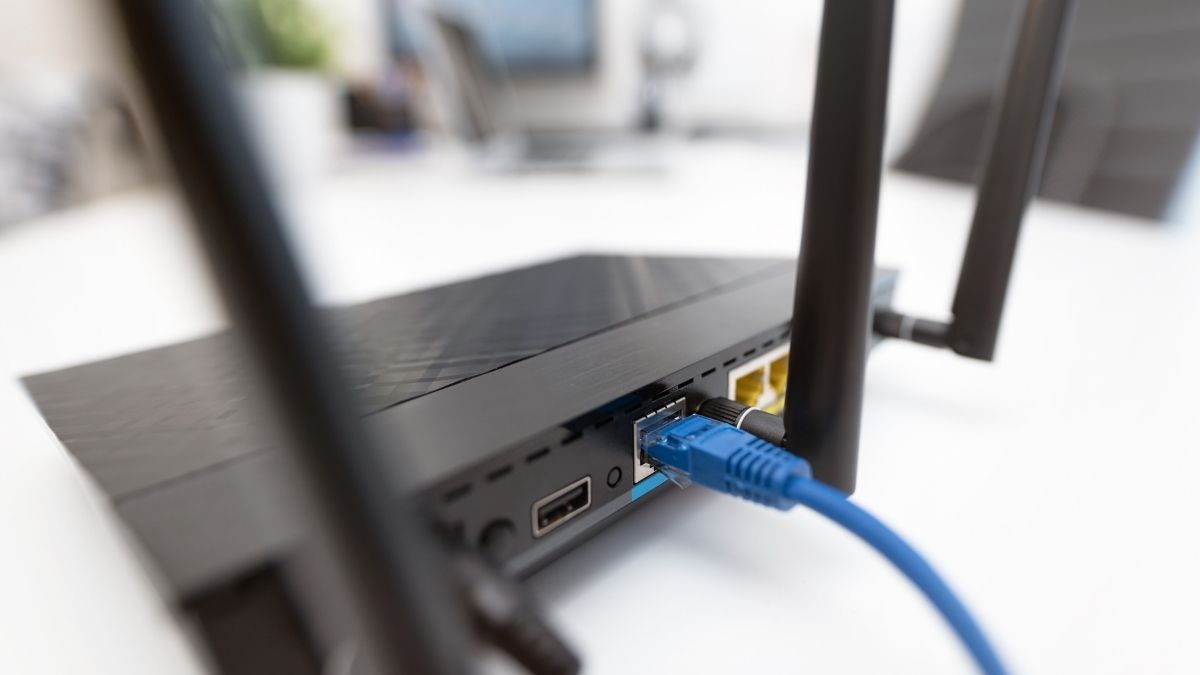Network outages can cause a substantial amount of damage to a business. Because companies rely heavily on their network to communicate with customers, provide them with products, and access or deliver important information, even short durations of downtime could end up costing them a significant amount of money. As such, it is imperative to create strong, reliable networks. To learn about some of the most effective ways to enhance redundancy in a network, consult this guide.
Have Backup Switches and Routers Ready
To create a more redundant network, having backup switches, routers, and other important devices can prove highly effective. Although such devices generally prove reliable, they are not impervious to the occasional malfunction or failure. When such instances occur, having a standby device to form an alternate pathway and maintain communication within the network will help minimize downtime.
Implement a Redundant Network Topology
Another way to enhance redundancy in a network is to implement a redundant network topology. The topology of a network refers to the configuration of its links and nodes. One example of a redundant network topology is a ring topology. This configuration creates a circular data pathway in which every device connects to two other devices—one on each side. If a connection gets cut or a device fails, the ring topology will either have a counter-rotating ring that will immediately activate or a collapsed ring that will link every other device to each other to continue the flow of data.
Minimize Complexity
While implementing backup devices in your network does help enhance redundancy, it can also increase the complexity of your system. Unfortunately, added complexity often has the unfortunate consequence of increasing the potential for human error and thus, network outages and downtime. Plus, when issues do occur, their sources will be harder to identify and resolve if the network architecture is extremely complex.
As such, it’s crucial to minimize complexity as much as possible. To do so while still maintaining redundancy, consider implementing systems that have the same model, run the same software, and have identical connections. In addition, you should keep pathways parallel when connecting consecutive layers of redundant devices.










 Deering Estate
Deering Estate
 Massage Envy South Miami
Massage Envy South Miami
 Calla Blow Dry
Calla Blow Dry
 My Derma Clinic
My Derma Clinic
 Sushi Maki
Sushi Maki
 Sports Grill
Sports Grill
 The Healthy Kitchen
The Healthy Kitchen
 Golden Rule Seafood
Golden Rule Seafood
 Malanga Cuban Café
Malanga Cuban Café

 Kathleen Ballard
Kathleen Ballard
 Panter, Panter & Sampedro
Panter, Panter & Sampedro
 Vintage Liquors
Vintage Liquors
 The Dog from Ipanema
The Dog from Ipanema
 Rubinstein Family Chiropractic
Rubinstein Family Chiropractic
 Your Pet’s Best
Your Pet’s Best
 Indigo Republic
Indigo Republic




 ATR Luxury Homes
ATR Luxury Homes


 2112 Design Studio
2112 Design Studio
 Hamilton Fox & Company
Hamilton Fox & Company
 Creative Design Services
Creative Design Services
 Best Pest Professionals
Best Pest Professionals
 HD Tree Services
HD Tree Services
 Trinity Air Conditioning Company
Trinity Air Conditioning Company
 Cisca Construction & Development
Cisca Construction & Development
 Mosquito Joe
Mosquito Joe
 Cutler Bay Solar Solutions
Cutler Bay Solar Solutions


 Miami Royal Ballet & Dance
Miami Royal Ballet & Dance
 Christopher Columbus
Christopher Columbus
 Pineview Preschools
Pineview Preschools
 Westminster
Westminster
 Carrollton
Carrollton
 Lil’ Jungle
Lil’ Jungle
 Frost Science Museum
Frost Science Museum
 Palmer Trinity School
Palmer Trinity School
 South Florida Music
South Florida Music
 Pinecrest Orthodontics
Pinecrest Orthodontics
 Dr. Bob Pediatric Dentist
Dr. Bob Pediatric Dentist
 d.pediatrics
d.pediatrics
 South Miami Women’s Health
South Miami Women’s Health

 The Spot Barbershop
The Spot Barbershop
 My Derma Clinic
My Derma Clinic




 Miami Dance Project
Miami Dance Project

 Rubinstein Family Chiropractic
Rubinstein Family Chiropractic
 Indigo Republic
Indigo Republic

 Safes Universe
Safes Universe
 Vintage Liquors
Vintage Liquors
 Evenings Delight
Evenings Delight





 Atchana’s Homegrown Thai
Atchana’s Homegrown Thai
 Baptist Health South Florida
Baptist Health South Florida

 Laser Eye Center of Miami
Laser Eye Center of Miami
 Visiting Angels
Visiting Angels
 OpusCare of South Florida
OpusCare of South Florida

 Your Pet’s Best
Your Pet’s Best





 HD Tree Services
HD Tree Services
 Hamilton Fox & Company
Hamilton Fox & Company


 Creative Design Services
Creative Design Services